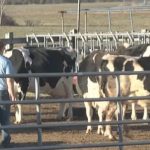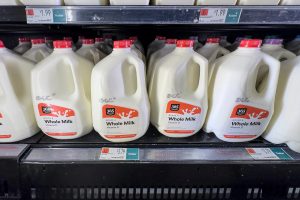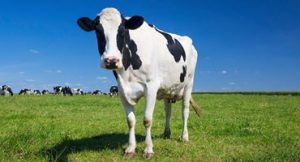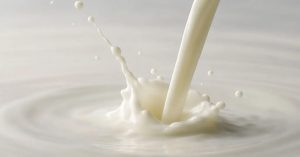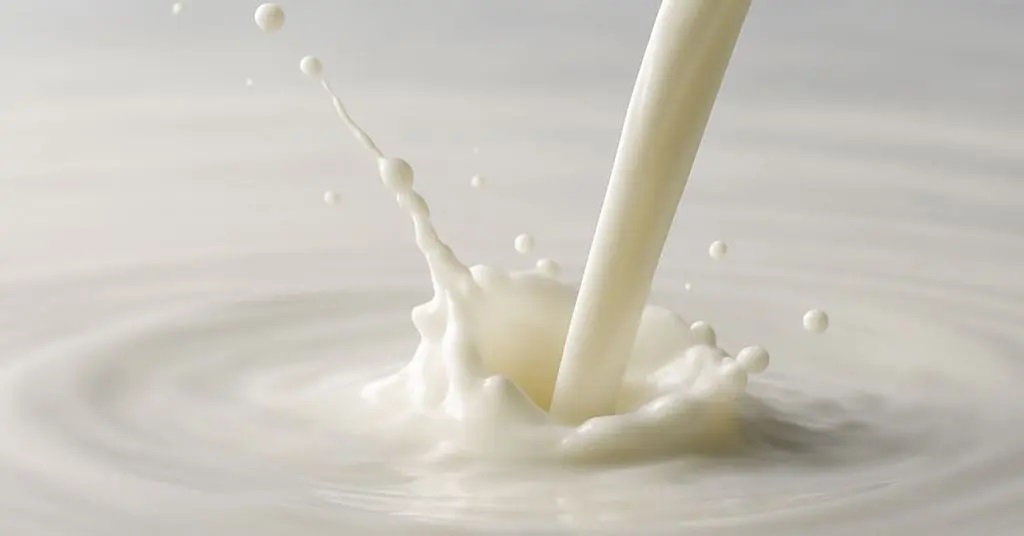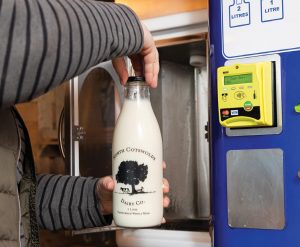
Economic uncertainty is pressuring milk prices, with the February all-milk price and DMC margin down versus the prior month.
The National Milk Producers Federation (NMPF) published a new issue of its monthly report sharing the most recent data for the dairy markets.
“Rising milk production, together with the current climate of general economic uncertainty, is pressuring milk prices, although margins remain relatively high,” the report summarizes.
The update includes sales data from the U.S. Department of Agriculture’s National Dairy Products Sales Report (NDPSR), which covers butter, cheddar cheese, dry whey and nonfat dry milk. The market-determined prices published in the NDPSR are used in the formulas to calculate raw milk prices paid by handlers based on the end-use or “classification” of milk.
NMPF reported that, for the second month in a row, all of the March NDPSR dairy product prices were lower than the previous month, resulting in lower Class III and Class IV prices as well.
“The Consumer Price Index (CPI) for all items set a new record in March, as it usually does, but it was just 2.4% higher than a year earlier, indicating a relative cooling of overall retail price inflation by that common yardstick. The March CPIs for most of the key dairy products reported stayed measurably below the high levels they attained in recent years,” according to the report.
Here are some highlights from the report (percentages were adjusted for Leap Year):
Milk and feed prices. The U.S. average all-milk price declined 50 cents from January to $23.60/cwt. in February. The Dairy Margin Coverage feed cost increased 23 cents mostly from the rising cost of corn, and the resulting DMC margin declined 73 cents to $13.12/cwt., NMPF said.
Milk production. In February, USDA revised its January number higher for the national milking cow herd to show a gain of 66,000 head versus January 2024. The agency pegged February numbers to be up 62,000 head from the prior year.
USDA also revised the January milk production estimate higher and now reports U.S. milk production for January to be up 0.5% from the year before, with February production up 1%. Revised milkfat production for January was up 3% year over year, and February is estimated to be 4% higher. February skim milk solids production was 1.8% higher, and total milk solids production was up by 2.5%.
Dairy product production. Although production decreased for most types of cheese, overall U.S. cheese production increased 0.8% versus the year before thanks to growth in Italian-type cheeses, especially mozzarella. Butter production and nonfat dry milk production both saw gains on the year, but skim milk powder, dry whey and whey protein concentrate production were all lower.
Dairy trade. Overall U.S. dairy exports were 0.9% higher in February than the month before. The percentage of milk solids production exported increased to 15.9% in February, the report noted.
For imports, butter imports in February were essentially unchanged on the year, after 10 months of at least double-digit year-over-year growth that averaged 56%. Milk protein concentrate imports were up 224% in February versus a year ago, following 10 months with an average year-over-year increase of 36%.
Looking ahead. “USDA’s World Agricultural Supply and Demand Estimates (WASDE) monthly reports have mostly lowered the department’s forecast of 2025 annual milk production in each successive report since it began those forecasts last May. But its April report reversed that trend with a 700 million lb. boost from a month earlier, to 226.9 billion lb., citing larger cow inventories and slightly higher milk per cow,” NMPF reported.
The 2025 average forecast for the all-milk price decreased in the April WASDE by 50 cents to $21.10/cwt. As of mid-April, USDA’s online DMC Decision Tool projected the 2025 average all-milk price at $22.02/cwt., with the monthly DMC margin averaging $12.20/cwt. for 2025.
View the full report on the NMPF website.
You can now read the most important #news on #eDairyNews #Whatsapp channels!!!
🇺🇸 eDairy News INGLÊS: https://whatsapp.com/channel/0029VaKsjzGDTkJyIN6hcP1K


